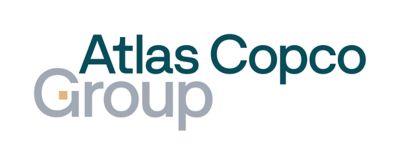150 years of innovation
2023 marks the 150th anniversary of the Atlas Copco Group and one and a half centuries of pioneering industrial innovation. Starting with a single Swedish venture, we have grown into an expansive group of brands spanning the entire globe.
Passionate people make it happen
Since the start in 1873 we have strived to find new, innovative solutions to society's challenges. We started by supplying products for the railway expansion in the late 1800s and from there expanded into compressors, tools and rock drills needed to industrialize the world. Today, we hold world-leading positions in many of the same industries, but also in completely new segments such as vacuum. Still, our purpose remains the same: creating a better tomorrow by empowering our customers to grow and drive society forward.
Throughout our history, our innovative spirit and our values – innovation, sustainability, doing business in an ethical way – have remained intact. However, most of all it's about passionate people and their drive and ideas to find new and better ways to shape the future.
Our President and CEOs
Since we were founed in 1873, the Atlas Copco Group has been managed by only 12 President and CEOs. In 1997, Giulio Mazzalupi was the first non-Swedish citizen appointed President and CEO. The second, Ronnie Leten, was appointed in 2009. All but two of the twelve, Walter Wehtje and Gunnar Brock, have been recruited from within the Atlas Copco Group.
1873-1887

1873-1887
1887-1909

1887-1909
1909-1940

1909-1940
1940-1957

1940-1957
1957-1970

1957-1970
1970-1975

1970-1975
1975-1991

1975-1991
1991-1997

1991-1997
1997-2002

1997-2002
2002-2009

2002-2009
2009-2017

2009-2017
2017-

2017-





